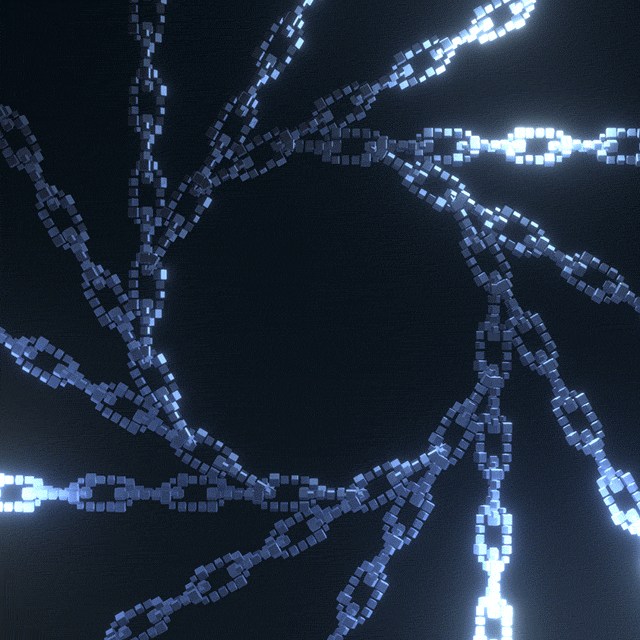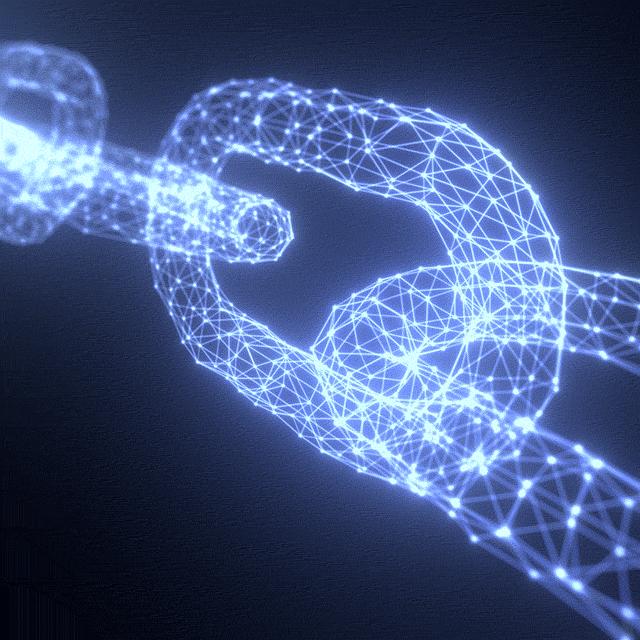
This logo isn't an ad or affiliate link. It's an organization that shares in our mission, and empowered the authors to share their insights in Byte form.
Rumie vets Bytes for compliance with our
Standards.
The organization is responsible for the completeness and reliability of the content.
Learn more
about how Rumie works with partners.
"Dogecoin to the moon!" Have you heard this catchphrase?

It went viral after the sudden rise of the price of Dogecoin, a cryptocurrency.
Have you ever wondered about blockchain, the key technology that allows these cryptocurrencies to function?
What Is Blockchain?
Blockchain is a distributed ledger that keeps a record of user data.
Unlike a traditional database, it stores data in a decentralized manner. That means the data inside a blockchain network are not stored at a single point.
As the name suggests, blocks of user data are connected to each other through a chain.

Did you know?
How Does Blockchain Technology Work?
In a blockchain network, every node or user receives a copy of the full record of data that has been stored in the blockchain since it began.
Every block is connected to its previous block through its block hash, a unique reference number that identifies a block.
In the case of cryptocurrency, every user gets access to the transaction history of every block within the network.
Cryptocurrency transactions are secure because modifying data inside a block is almost impossible, as it's highly time-consuming and can be easily tracked.
Did you know?
What Makes Blockchain Special?
Blockchain's structure differs a lot from traditional databases.
Blockchain networks are:
Decentralized: Does not use any central database to store data.
Less likely to fail: Security failure of blockchain networks is rare, as every block within the network needs to be modified for a successful attack.
Traditional databases are:
Centralized: Data are usually stored in a central server or cloud.
More likely to fail: Because they're centralized, databases are more prone to security threats because attackers can target a single point.
Quiz
Stata Inc. has recently faced a breach in their database. The company is using a cloud-based service to store their data. What changes will make their service more secure?
All of these features increase the security of Stata's network. The company can benefit from increased security by shifting to a blockchain network instead of using a cloud-based database.
Take Action

What to learn more about blockchain?
This Byte has been authored by
Abu Hasnat Md Rhydwan
Learning Designer I Research Enthusiast
BSC
